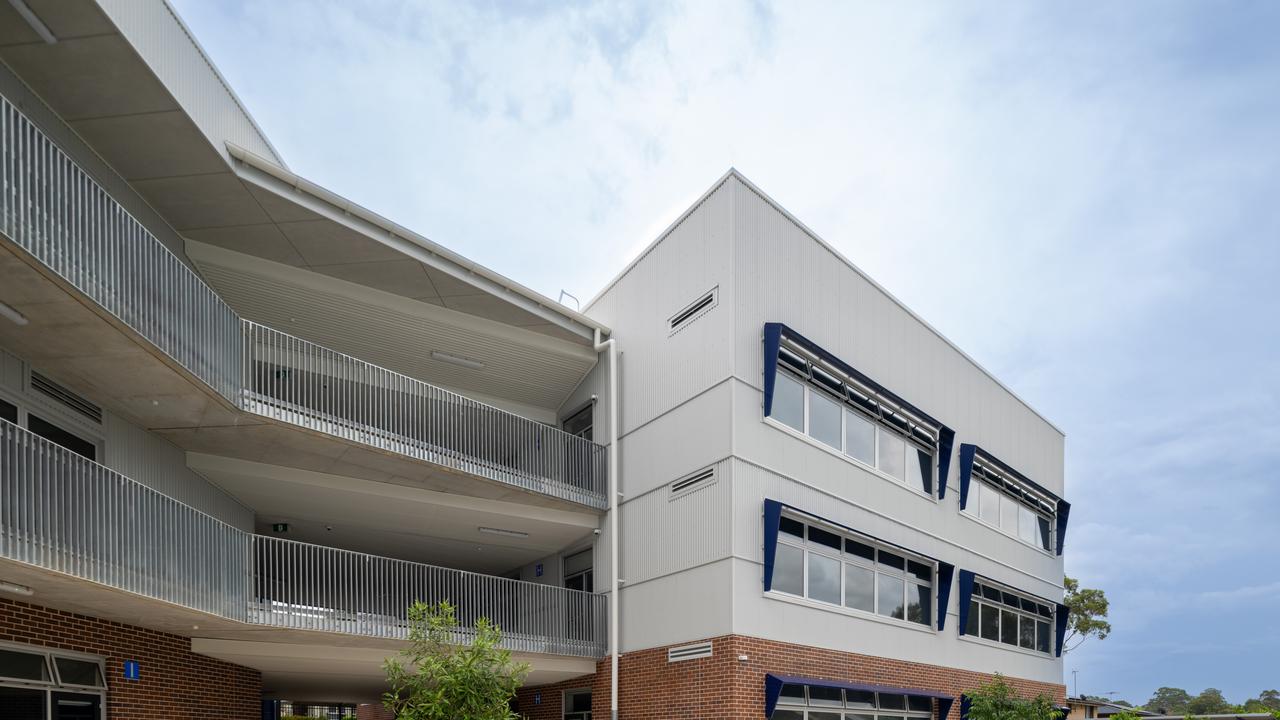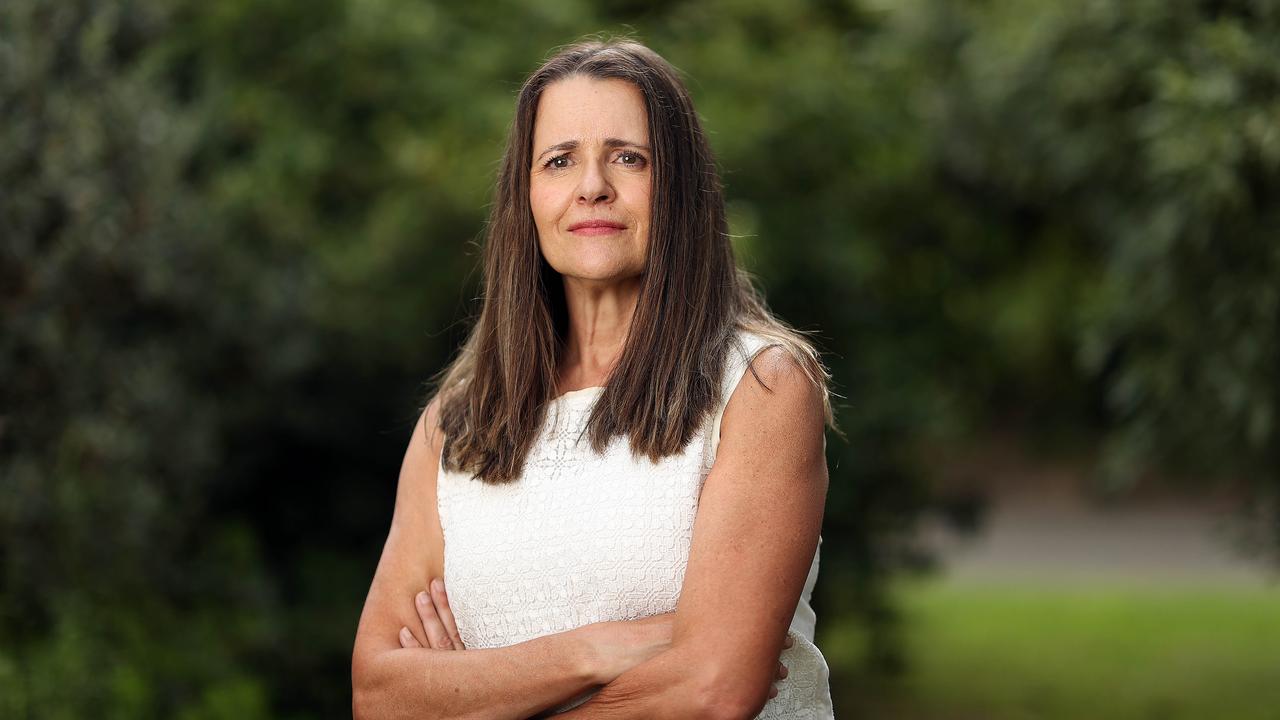Rising cost of kids’ sport robbing us of future Australian champions
The rising cost of playing sport is robbing many kids from low-income families of the chance to participate — and potentially robbing Australia of future champions. See how much parents pay.
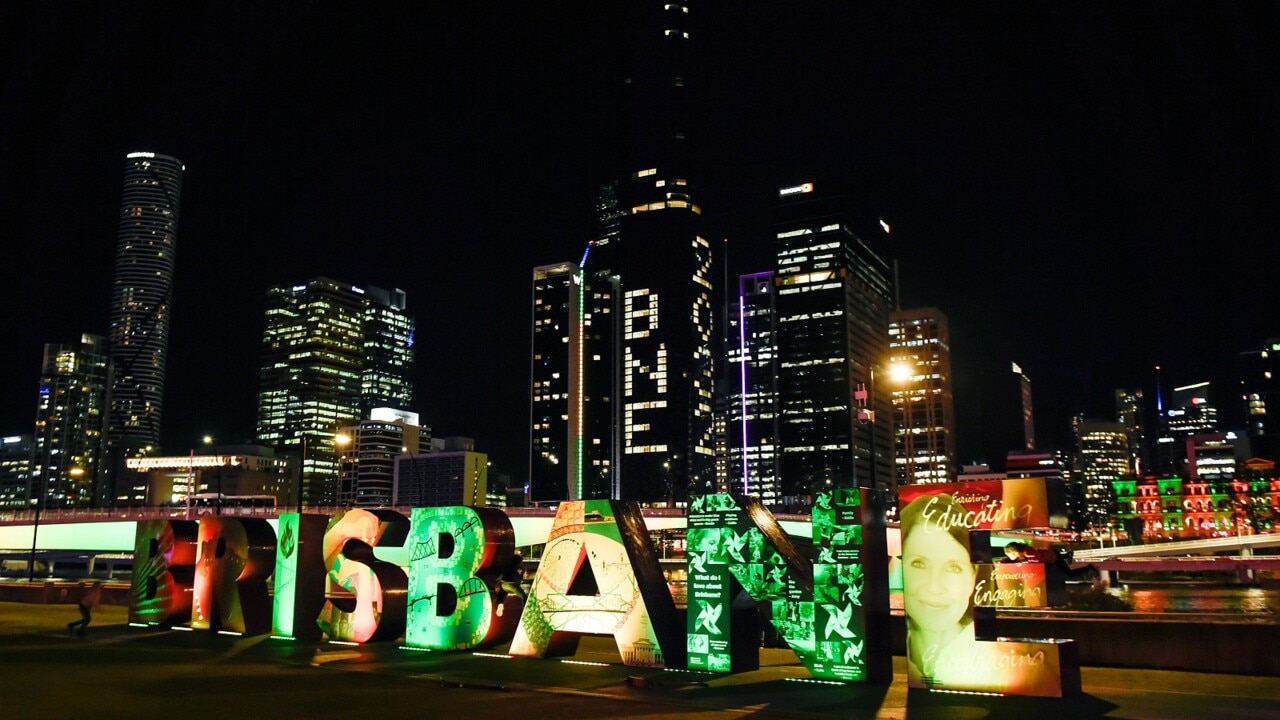
NSW
Don't miss out on the headlines from NSW. Followed categories will be added to My News.
The rising cost of playing sport is not only robbing many kids from low-income families of the chance to participate but potentially robbing Australia of future champions.
NSW parents pay on average $1032 per year for each child to play sport – up more than 50 per cent on five years ago when the average amount was $681.
And that’s just for basics like registration fees and doesn’t include uniforms and kit, travel and even accommodation expenses. For those with large families, or with children playing at a representative level, its can add up to several thousand annually.
All up, Australians spent more than $3.2 billion on their kids’ sport in the past financial year according to the latest Australian Sports Commission’s AusPlay survey, released last month.
Dance parents were hit hardest, with more than $350 million spent on children’s dance across the nation in 2021/22 – or $1014 per child.
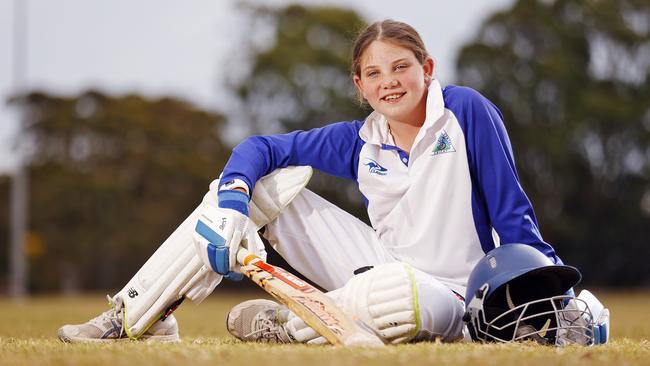
Parents forked out an average of $911 per child to do gymnastics in the 12 months; $574 for swimming; $443 for soccer; $382 for basketball and $207 for rugby league.
Obviously some are just for winter or summer, while others continue year round.
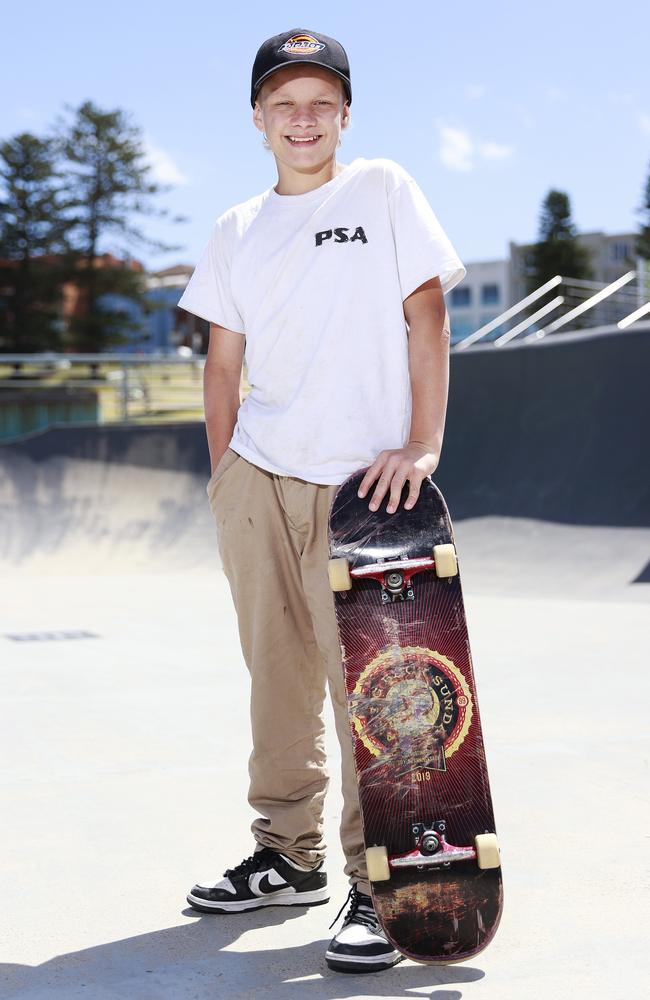
Australian Sports Foundation (ASF) CEO Patrick Walker said grassroots sport remained severely underfunded, with many young athletes and their families scrambling to pay for fees, sports gear or competition-related travel.
Mr Walker praised the state government’s active kids vouchers program, which provides parents and carers with two $100 vouchers each year to use towards sport and active recreation costs for each child – saving families $454 million since its inception in 2018. However, he said more needed to be done to boost participation and ensure equal opportunity in sport across the country.
“We don’t want to become a nation where only the middle class play sport,” Mr Walker said. “An AusPlay survey found 84 per cent of kids from high income families participated in sport, compared to 58 per cent of kids from low income families – that’s a massive disparity.
“With cost of living pressures increasing, it’s no wonder that sport is one of the things going by the wayside.
“Sport at a grassroots community level is not just about what happens on the pitch, the track, the pool – it’s important for physical health but it’s so important for mental health too. Every child should have the opportunity to participate.”
Mr Walker said community clubs impacted by successive years of Covid, fires and floods were also feeling the pinch. with many resorting to using old, tired equipment and struggling to pay for facility upgrades.
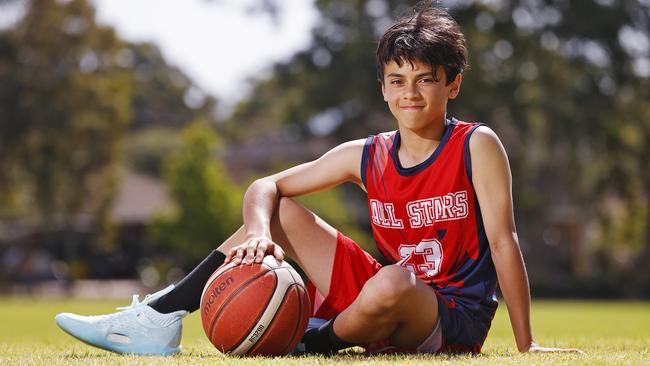
“The average community club lost $18,500 as a direct result of Covid, so there’s no cash reserves to help families out,” he said. “The foundation is increasingly helping clubs with fundraising pages to provide free or subsidised registrations for those from low socio economic backgrounds.
“We’re also assisting more and more aspiring, emerging athletes who are looking for support via online fundraisers too.”
The foundation distributed a record $76 million to Australian sports clubs and athletes in the past financial year, funded by donations from more than 30,000 generous donors.
“The arts community has successfully built a culture where it’s okay to ask for philanthropic help and community support whereas that hasn’t been the case in sport, but it’s now changing,” Mr Walker said.
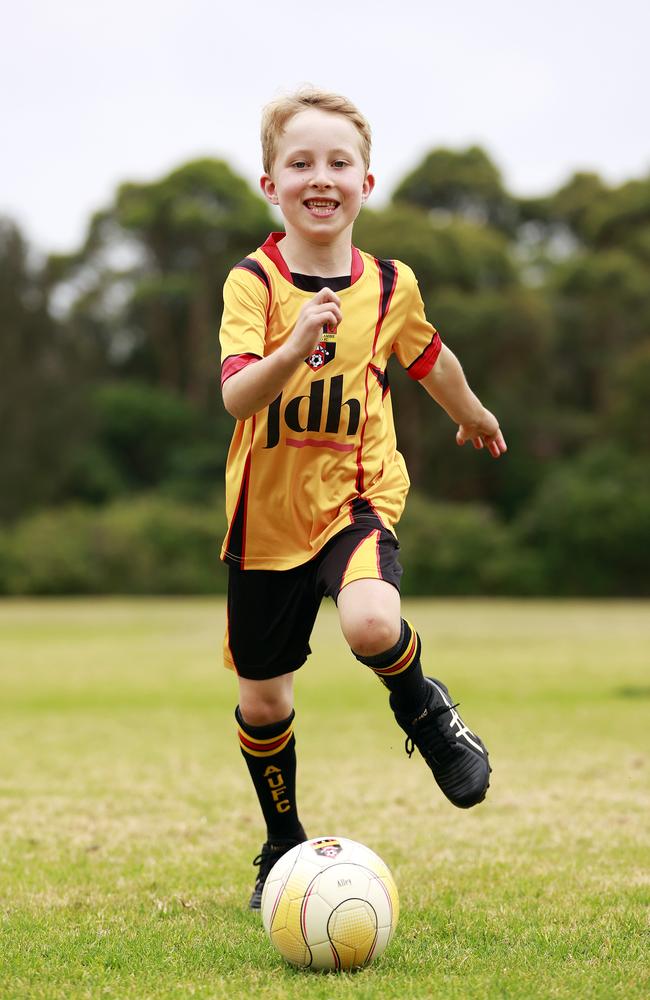
Manly Allambie Football Club is just one club which has started a community fund to help families in need discreetly reach out to get their fees reduced or waived. The club also subsidises the cost of uniforms, particularly for younger children.
“We try and keep fees down but for some people that’s still an impediment to play and we want to remove any impediments because we believe in the power of community sport to help raise healthy kids and healthy communities,” club president Alex Green said.
St John Bosco Cricket Club Engadine was recently a recipient of the Growing Cricket for Girls Fund, a partnership between Cricket Australia and Commonwealth Bank.
“Cost is definitely an issue for families, especially those with multiple children playing multiple sports,” club president Kirsten Benhiam said.
“Support from local sponsors and grants from big corporations is what keeps the club going, and allows us to keep the kids playing.
“It’s helped us purchase equipment, so families don’t have to, and has meant we have not had to increase registration fees, even though our costs have increased.”
Parent and coach Tim Meagher said it allowed parents to let their kids try a new sport, without having to spend hundreds of dollars kitting them out: “It’s a great help as you never know if your child is going to want to play that sport year on year, so you don’t want to have to buy an expensive bat, pads, helmet and so on until you’re sure that they want to keep playing”.
In NSW there’s calls for the government and the opposition to commit to step up the funding and provision of facilities for community sport ahead of the 2023 election. A report released late last month by Sport NSW, Playing Catch Up, claims the state’s sporting organisations have not received an increase to their organisational support payments – or core funding – since the year 2000.
The report, backed by some of the state’s most high profile athletes, calls for an $8 million uplift in core funding for sports and also recommends expanding the active kids vouchers to preschoolers.
“Community sport is not for profit,” Sport NSW chair Chris Hall said.
“You simply can’t expect sports to have an ever-increasing burden of responsibility and be the glue that keeps our community together, while providing them funding that has stayed the same for 22 years.”




